In the world of culinary arts, some ingredients command a price that reflects their rarity, labor-intensive harvesting methods, or sheer luxury. From exotic spices to rare fungi, these ingredients are not just about taste but also a symbol of opulence and sophistication in the culinary world. Let’s explore ten of the most extravagant ingredients that chefs covet and food enthusiasts dream about, each with its unique flavor profile and culinary application.
1. White Truffles
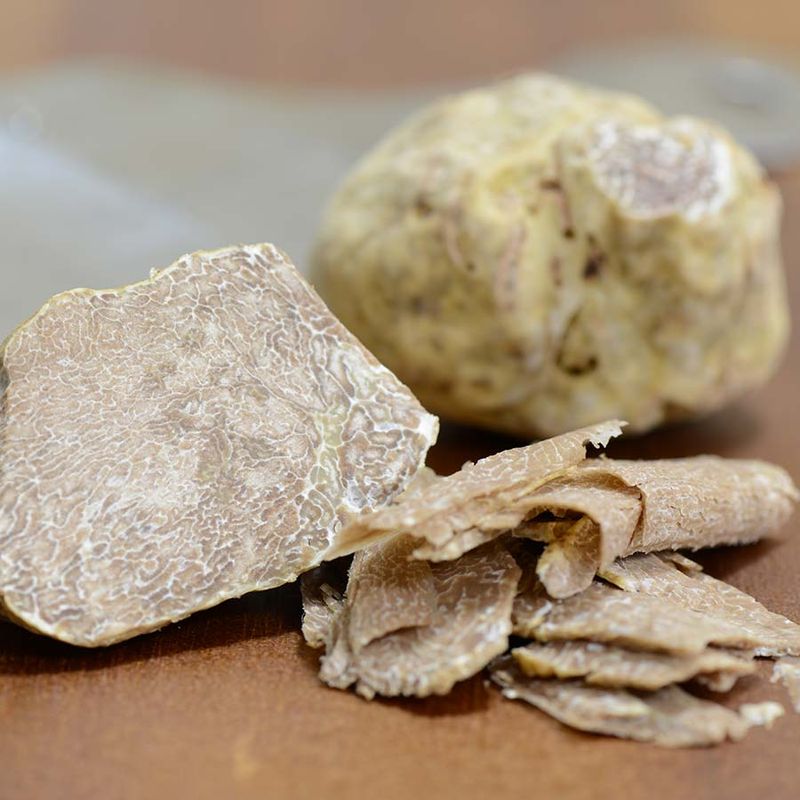
White truffles are a culinary treasure hunted in the forests of Italy, particularly in the regions of Piedmont and Tuscany. These fungi are infamous for their pungent aroma and earthy flavor, which can elevate any dish to a gourmet level.
The rarity and difficulty of harvesting, involving trained dogs or pigs, drive up the cost significantly. Each truffle is unique in size and shape, and their shelf life is short, making them a fresh delicacy. White truffles are typically shaved over pasta or risotto to impart their luxurious flavor.
2. Caviar
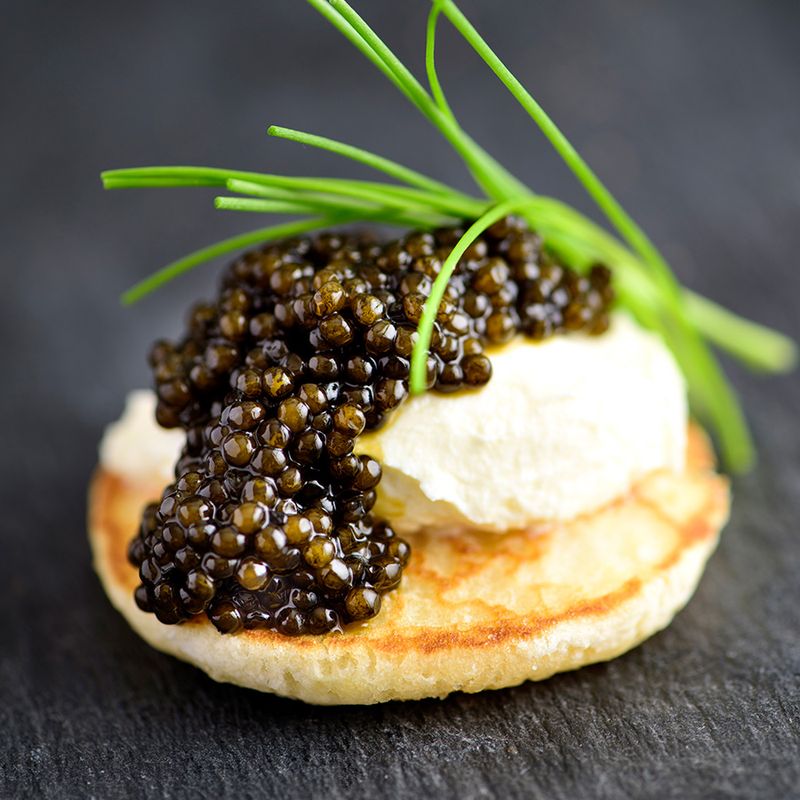
Caviar, often synonymous with luxury, is derived from the roe of sturgeon fish, most notably the Beluga. Harvested primarily in the Caspian Sea, caviar is prized for its delicate texture and briny flavor. Its rarity and the ethical considerations surrounding sturgeon fishing contribute to its steep price.
Served traditionally on blinis or with crème fraîche, caviar adds a touch of opulence to any occasion. It is often paired with champagne, enhancing its status as a symbol of fine dining. Each tiny pearl offers a burst of flavor that is both sophisticated and indulgent.
3. Saffron
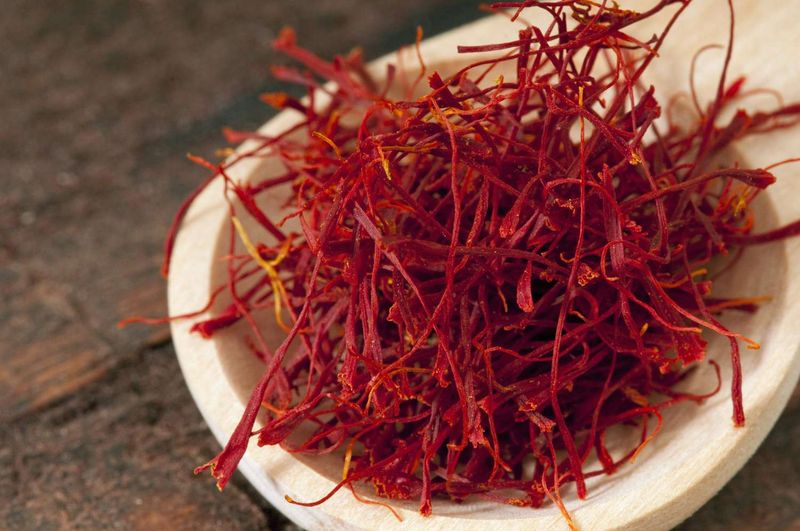
Saffron, often dubbed the “red gold,” is renowned for its vibrant color and distinctive aroma. Harvested from the crocus flower, it takes an immense amount of labor to gather just a small amount, as each flower only produces three threads. This laborious process contributes to its high price.
Grown mainly in Iran, saffron’s unique taste enhances everything from paella to risotto. It provides a luxurious touch to both sweet and savory dishes. The delicate nature of saffron means it should be used sparingly, allowing its flavor to shine through without overpowering other ingredients.
4. Matsutake Mushrooms
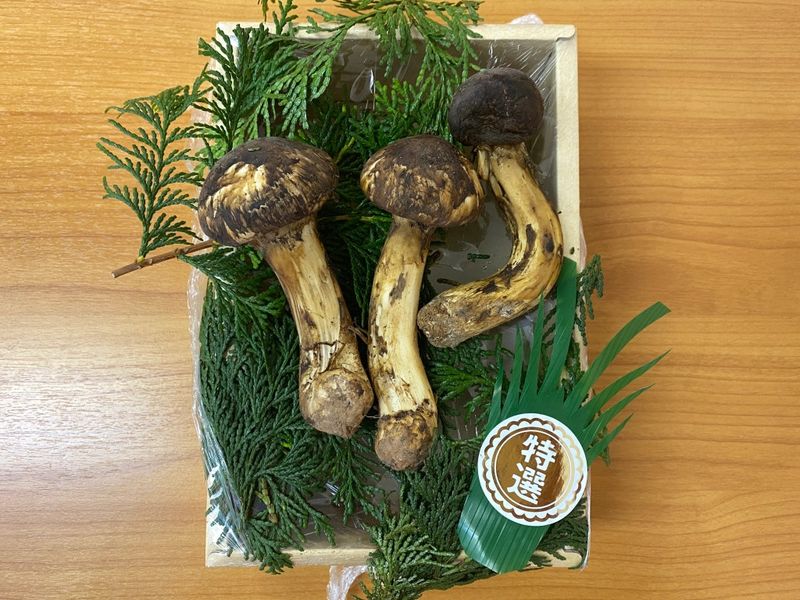
Matsutake mushrooms, cherished in Japanese cuisine, are known for their spicy aroma and meaty texture. Found beneath pine trees, they are difficult to cultivate, often collected from wild forests. Their scarcity and the challenge of obtaining them make them one of the most expensive mushrooms.
Their flavor is both intense and delicate, adding depth to a variety of dishes. Typically used in traditional Japanese preparations, these mushrooms symbolize autumn and are celebrated in seasonal dishes. Chefs prize them for their distinctive taste and the exclusive touch they bring to meals.
5. Kopi Luwak Coffee
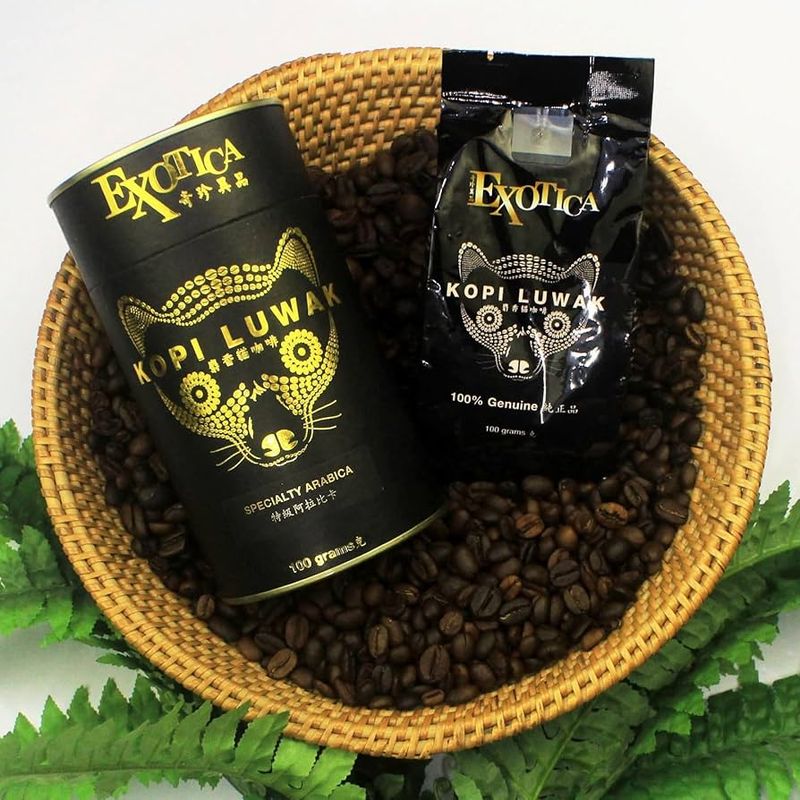
Kopi Luwak, also known as civet coffee, is the world’s most expensive coffee. Its unique production involves coffee cherries being eaten and digested by the Asian palm civet. The beans are then collected from the animal’s feces, cleaned, and roasted.
This unconventional process is believed to improve the coffee’s flavor by removing bitterness, resulting in a smooth, rich taste. Originating from Indonesia, Kopi Luwak’s rarity and unusual production method contribute to its high price. It is a prized possession for coffee connoisseurs seeking a unique and luxurious experience.
6. Iberian Ham
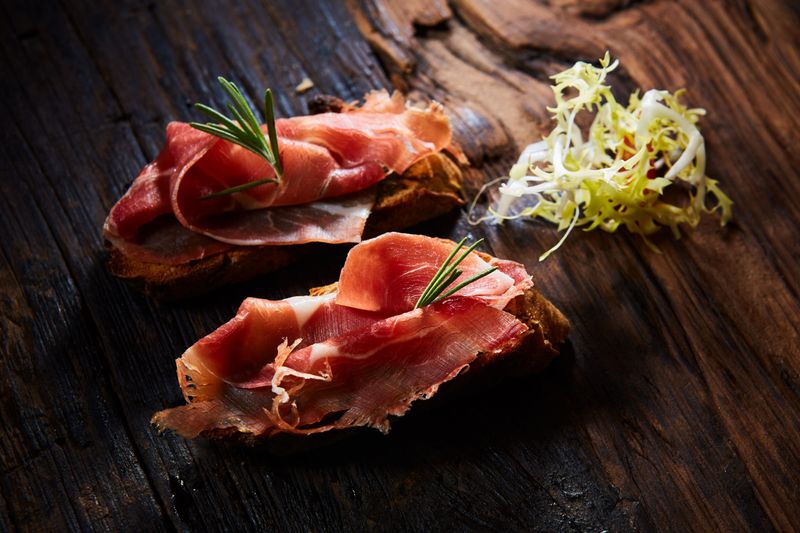
Iberian ham, or Jamón Ibérico, is a Spanish delicacy made from black Iberian pigs. These pigs are often raised on a diet of acorns, contributing to the ham’s rich and nutty flavor. The curing process is meticulous, taking up to three years to develop its unique taste and texture.
This time-intensive process is reflected in its price, making it one of the priciest hams available. Sliced paper-thin, Iberian ham is a gourmet experience, enjoyed as a tapas or as part of a sophisticated meal. Its luxurious taste is a testament to Spanish culinary tradition.
7. Vanilla Beans
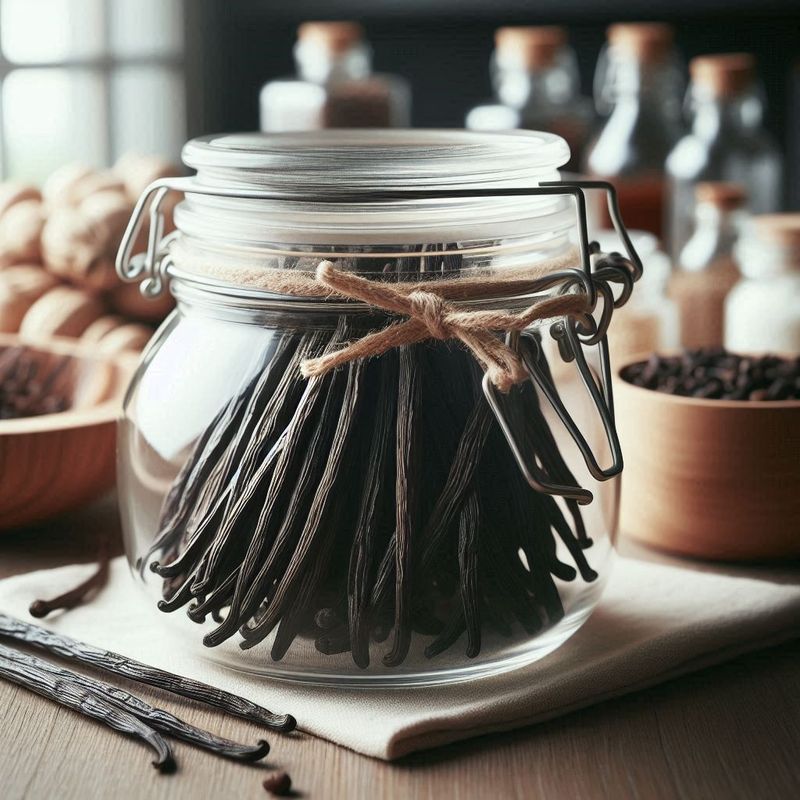
Vanilla beans are one of the most sought-after spices in the world. Grown predominantly in Madagascar, the beans are derived from the vanilla orchid, which requires precise conditions to flourish. The cultivation process is labor-intensive, involving hand pollination and a lengthy curing process.
This complexity translates into high costs, with real vanilla often being more expensive than artificial alternatives. Vanilla beans provide a rich, deep flavor that is unmatched by extracts, making them a favorite in both baking and gourmet cooking. They offer a sweet, floral aroma that enhances desserts and sauces.
8. Bird’s Nest Soup
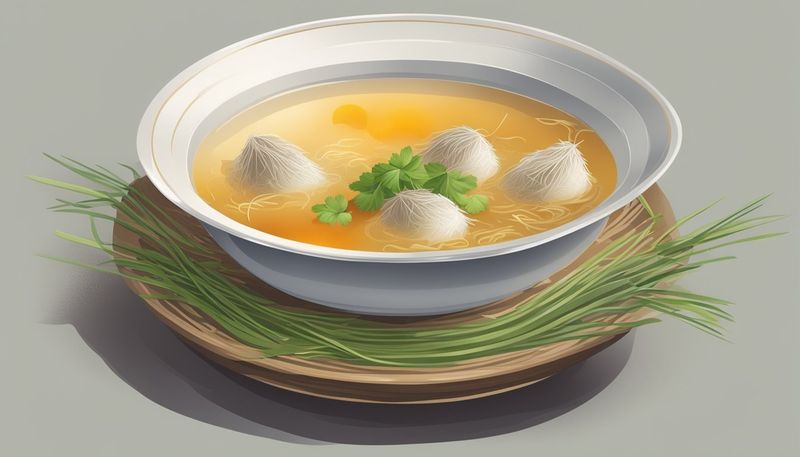
Bird’s Nest Soup, a Chinese delicacy, is made from the nests of swiftlets, birds that build their nests from saliva. Harvesting these nests is a labor-intensive process, often conducted in remote caves. This effort, combined with the rarity of nests, makes the soup extremely expensive.
The nests dissolve into a gelatinous texture when cooked, offering a subtle flavor often enhanced with rock sugar. Believed to have health benefits, Bird’s Nest Soup is a luxury item often served at special occasions in Chinese culture. Its exotic nature adds to its allure and high price.
9. Foie Gras
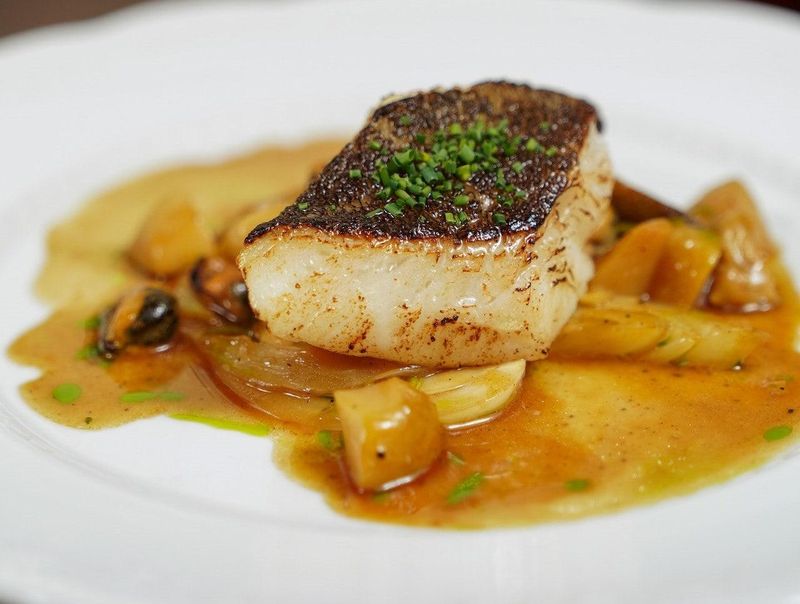
Foie gras, a staple of French cuisine, is made from the liver of specially fattened ducks or geese. Known for its rich, buttery flavor and smooth texture, it is a luxury item found in gourmet restaurants around the world.
The production process, which involves carefully controlled feeding practices, has sparked ethical debates, yet it remains a sought-after delicacy. French chefs often serve it seared, as a pâté, or in terrines, showcasing its versatility and depth of flavor. Its lavish taste and cultural significance ensure its place among the most expensive kitchen ingredients.
10. Manuka Honey

Manuka honey, produced in New Zealand from the nectar of the Manuka tree, is celebrated for its unique flavor and health benefits. Known for its antibacterial properties, it is often used in both culinary and medicinal applications.
The limited growing regions and specific pollination conditions make it more expensive than regular honey. Its thick, creamy texture and rich taste make it a favorite among food enthusiasts. Manuka honey is often used as a natural sweetener in teas and recipes, offering a luxurious touch to everyday dishes while promoting wellness.
Leave a comment